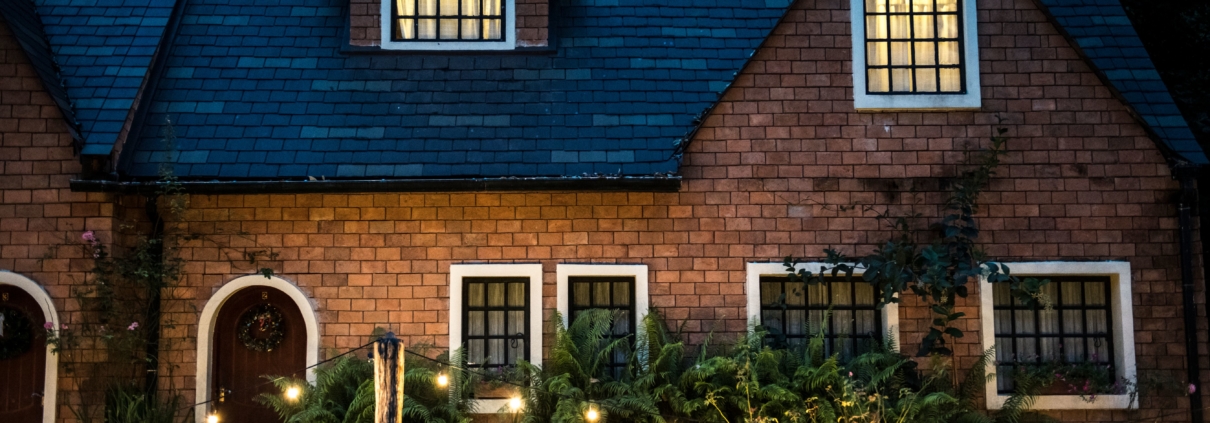Here’s Everything You Need to Know About Brick Bonds
Brick bonds are popular because of their aesthetic effect, but besides that, they have a significant impact on the budget. But first, what is a brick bond? This is a pattern in which bricks are laid. There are various types of brick bonds, and they each have their own look, structural considerations, and installation methods.
How Do they Work
Most brick bonds need bricks of the same size to create a regular and repeatable pattern that can be applied over any size of the area. A lot of bond patterns use a form of interlock method on each brick row to ensure that they are woven together. By doing so, the bond adds strength to the construction that can make a mortared wall even stronger.
Types of Brick Bonds
Here are some of the most common and popular brick bonds used for walls:
- Running bond: This is a simple, structural bond for basic wall construction in which bricks are staggered by 1/2 brick from the course above and below in a one-over-two pattern. All the bricks are laid lengthwise with their long sides facing out.
- Common bond: This features a running bond pattern with intermittent header bricks that are used for double-thickness walls so that header bricks are flush on the ends with two stretchers laid side by side.
- English bond: This is similar to a common bond, but it has an alternating running bond and all header bricks with each course.
- Flemish bond: This is where stretched and header bricks alternate in each course.
- Stack bond: The stretcher bricks are laid in a grid of identical courses, which are used for decorative interior walls.
Common Paving Brick Bonds
But what about brick paving that is supported by the underlying surface? Brick bonds used for paving are more flexible and decorative, and they can use wood timbers or other materials.
- Running bond: This follows the same pattern of a wall brick, but it can be perpendicular, parallel, or diagonal to the length of a path or patio.
- Herringbone: This is a simple zigzag pattern, but it needs a cut brick at the end of every course to form a straight line.
- Basketweave: This follows a square pattern with the bricks laid side-by-side in pairs.
- Pinwheel: Its pattern is easily recognizable because of its repeated assemblies of four bricks that are laid end-to-side to create a square with a half-brick space in its center.
- Stacked: This is a square grid of even rows with no staggering between courses.
Conclusion
Make your brickwork stand out and ensure that it lasts for a long time. Find the right masonry service for you today that will help you achieve the type of brick wall or paving for your property. Moreover, they can also help you choose the right type of brick bonds that will suit your property’s needs the most. Whether the brick bonds are for aesthetic purposes or something else, a good brick builder can help you make the right decision.
Get quality Toronto masonry services now. Here at Red Robin Masonry, we can help you achieve the right brickwork for you. Contact us today!




Leave a Reply
Want to join the discussion?Feel free to contribute!